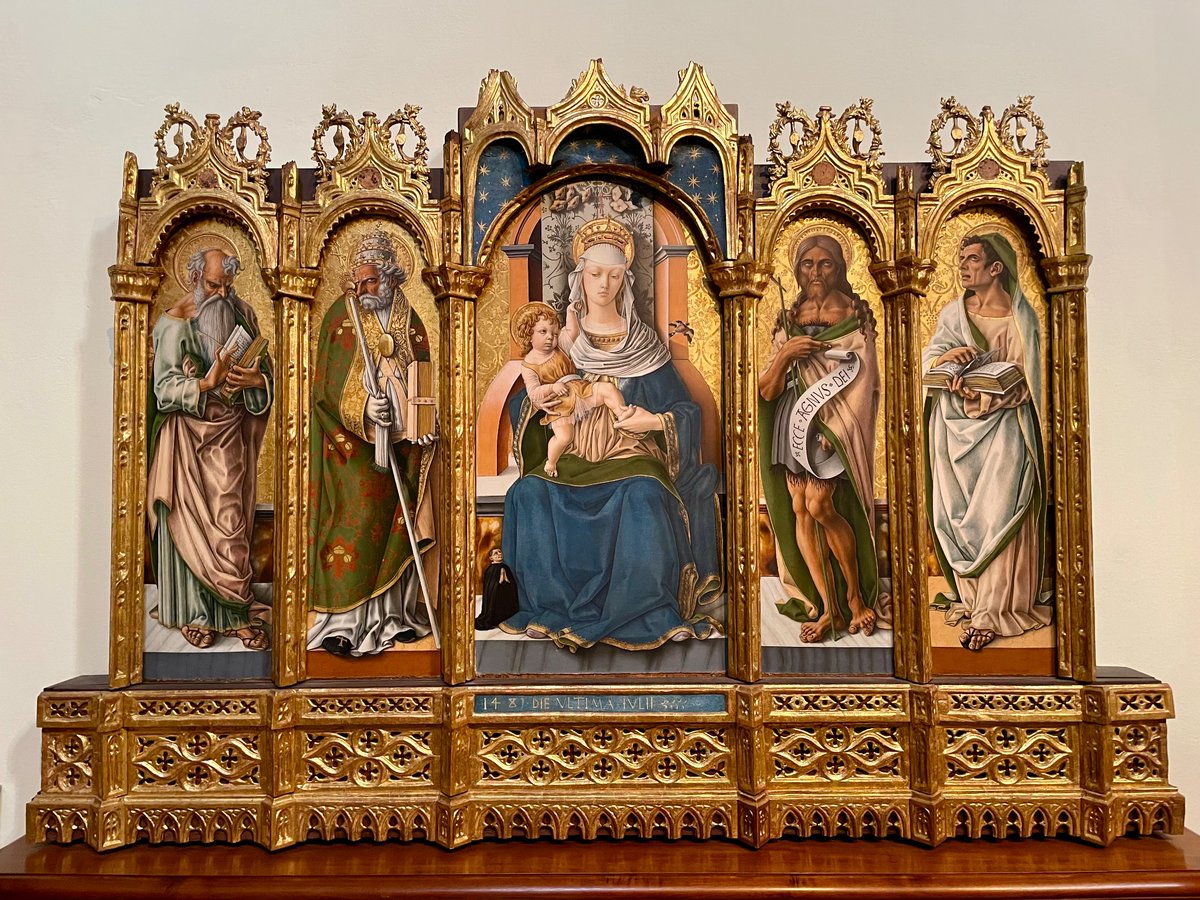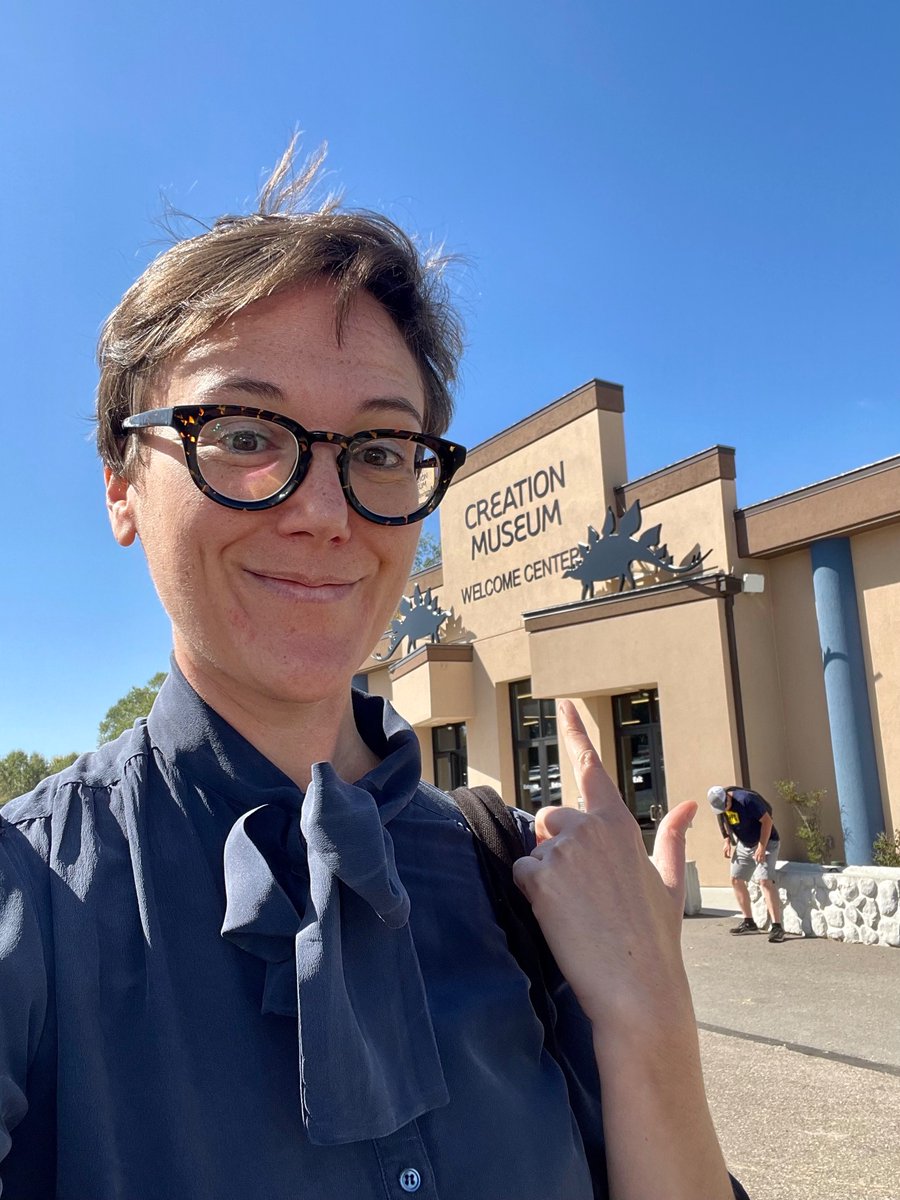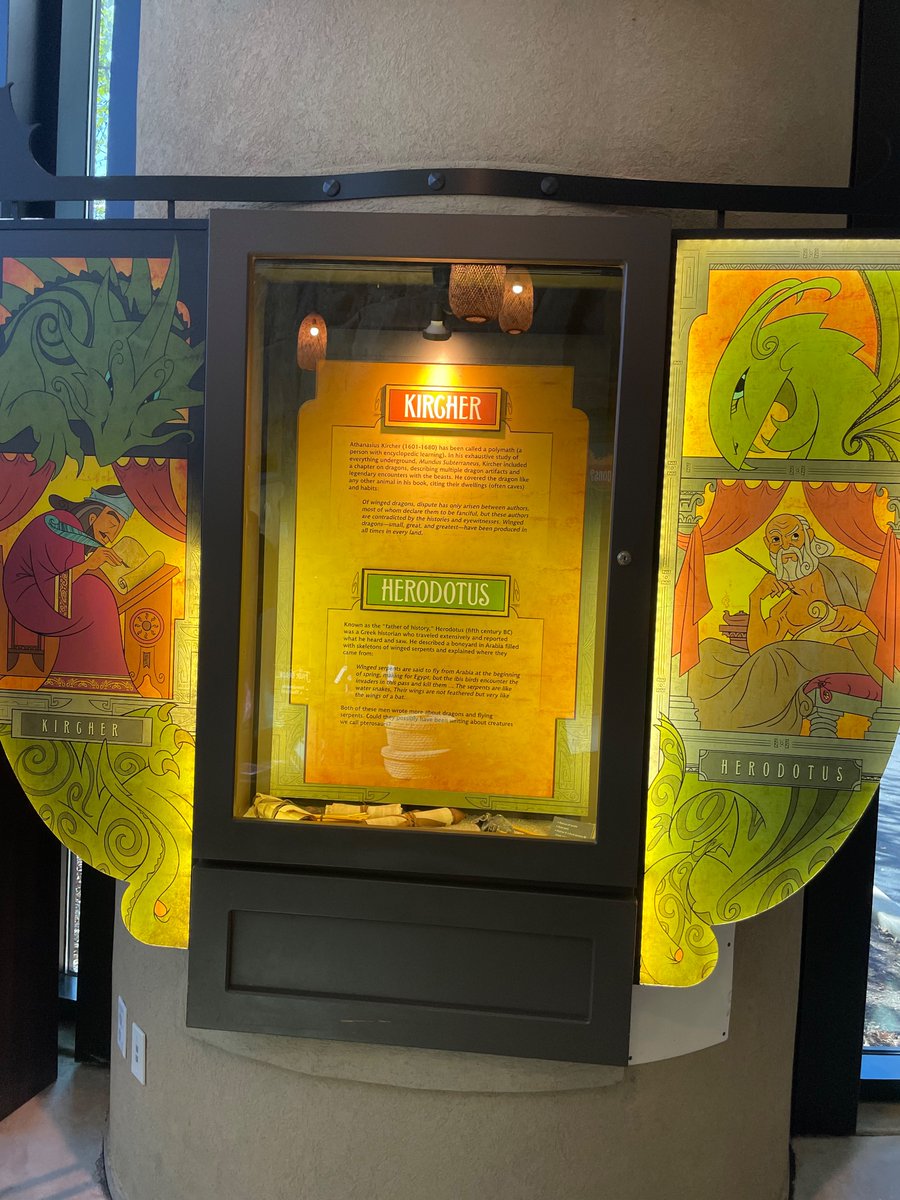Jeanine Cummins: "I'll write #AmericanDirt, the greatest hamhanded appropriation of trauma ever!"
Colum McCann: "Hold my beer."
Colum McCann: "Hold my beer."

Colum McCann's new novel, #Apeirogon, out 2/25, is written in the voice of two men, one Palestinian, one Israeli. "When Bassam and Rami learn of each other’s stories, they recognize the loss that connects them and they attempt to use their grief as a weapon for peace."
"Both men have lost their daughters. Rami's thirteen-year-old girl Smadar was killed by a suicide bomber.... Bassam's ten-year-old daughter Abir was... killed by... the border police outside her school. There was a candy bracelet in her pocket she hadn't had time to eat yet."
And let's not forget that McCann wrote a large part of #LetTheGreatWorldSpin, his previous best seller, in the voice of a Black woman - a prostitute in the Bronx.
"I remember I was with him in New York when he was working on the Tillie chapter and he could not get started. He kept saying to me, 'Give me one line a prostitute would say, just one.'"
"And then when I got home he called me and said, 'I got it. I wrote for sixteen hours. Tillie’s done. Her voice just came to me.'": postandcourier.com/free-times/arc…
The character of Tillie is a junkie contemplating suicide. So, how's that channeling of the voice of an oppressed person of color in crisis work out for McCann? Here's a sample:
"'I shoulda swallowed a pair of handcuffs when Jazzlyn was in my belly.... Say, Here you is, already arrested, you’re your mother and her mother before her, a long line of mothers stretching way back to Eve, french and ****** and dutch and whatever else came before me.'"
(I replaced a word with asterisks there, because, COME ON.)
In #Apeirogon's promo video (complete with sad teddy bear), McCann says "[The novel] happens to take place in Israel and Palestine, but it could really take place just about anywhere". That's... a good sign it's not written by someone from Israel or Palestine. 



@Center4Fiction @PghArtsLectures @CuyahogaLib @LiteratiBkstore @92Y @LemuriaBooks @WBURCitySpace @ThirdPlaceBooks @Powells @JCCSF @MontclairLitFes, if you've thought twice about #AmericanDirt, think twice about this #OwnVoices replacement as well, please! colummccann.com/tour/
@Center4Fiction @PghArtsLectures @CuyahogaLib @LiteratiBkstore @92Y @LemuriaBooks @WBURCitySpace @ThirdPlaceBooks @Powells @JCCSF @MontclairLitFes @isabelallende is set to interview McCann about #Apeirogon, which seems like a total #OwnVoices fail. jccsf.org/events/arts-id…
@Center4Fiction @PghArtsLectures @CuyahogaLib @LiteratiBkstore @92Y @LemuriaBooks @WBURCitySpace @ThirdPlaceBooks @Powells @JCCSF @MontclairLitFes @isabelallende "In a moment when the publishing industry is grappling with which stories are told and by whom, it is a striking choice" to use real grieving fathers as the launching point for his fiction. MUMMHUMMM. nyti.ms/2Sy7g8G @joumana_khatib
Heya @92Y @Center4Fiction @PghArtsLectures @WBURCitySpace @Powells @ThirdPlaceBooks @MontclairLitFes @LiteratiBkstore @LemuriaBooks @JCCSF, you might be interested in these horrific acts committed by your invited speaker:
https://twitter.com/randajarrar/status/1229515299474423808?s=21https://t.co/Dqdt4CDTzh
@isabelallende, are you going to interview Colum McCann about this?
https://twitter.com/randajarrar/status/1229515299474423808?s=21https://t.co/Dqdt4CDTzh
• • •
Missing some Tweet in this thread? You can try to
force a refresh
































